Foldscopes in a frog workshop?
 Jul 29, 2018 • 8:02 AM UTC
Jul 29, 2018 • 8:02 AM UTC Unknown Location
Unknown Location 140x Magnification
140x Magnification Microorganisms
Microorganisms
VigneshKamath
Learn about the author...
3posts
1comments
1locations
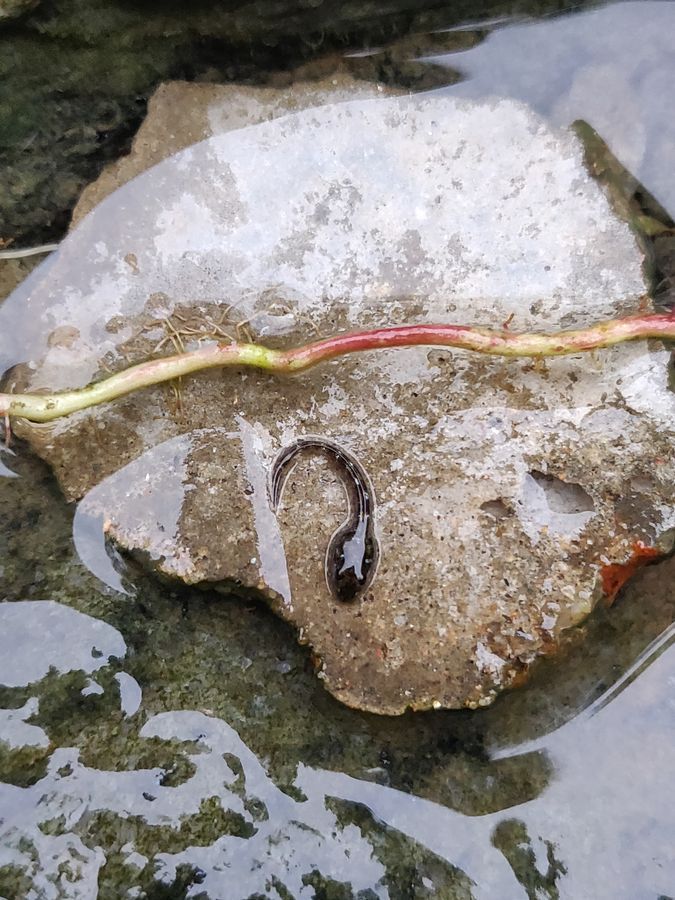
Have you ever been in the middle of a tropical forest during the peak of monsoon? Continuous rainfall for days, overflowing streams, mushrooming waterfalls, leeches and a hundred shades of green – this is what participants of the Bisle Frog Watch face every year.

Participants of the Bisle Frog Watch braving the harsh monsoon in the Western Ghats
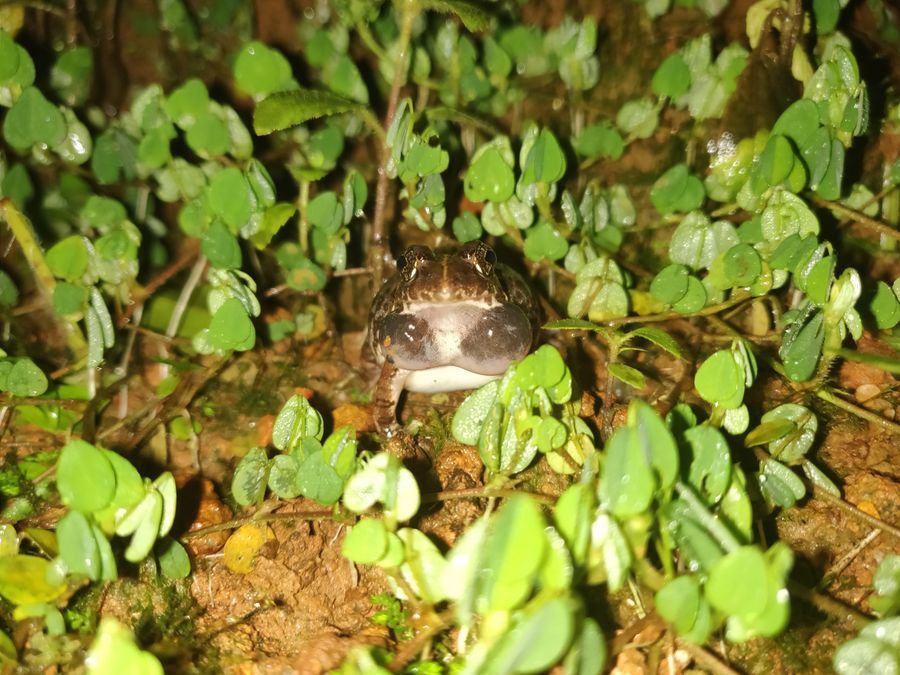
Minervarya mudduraja calling
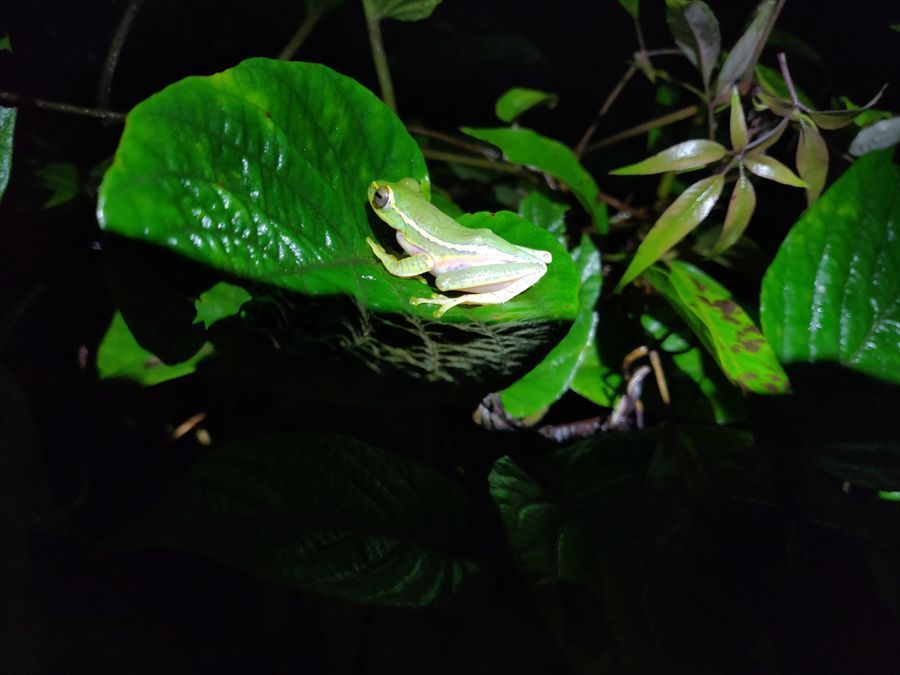
The endangered Rhacophorus lateralis (Boulenger’s Tree Frog)
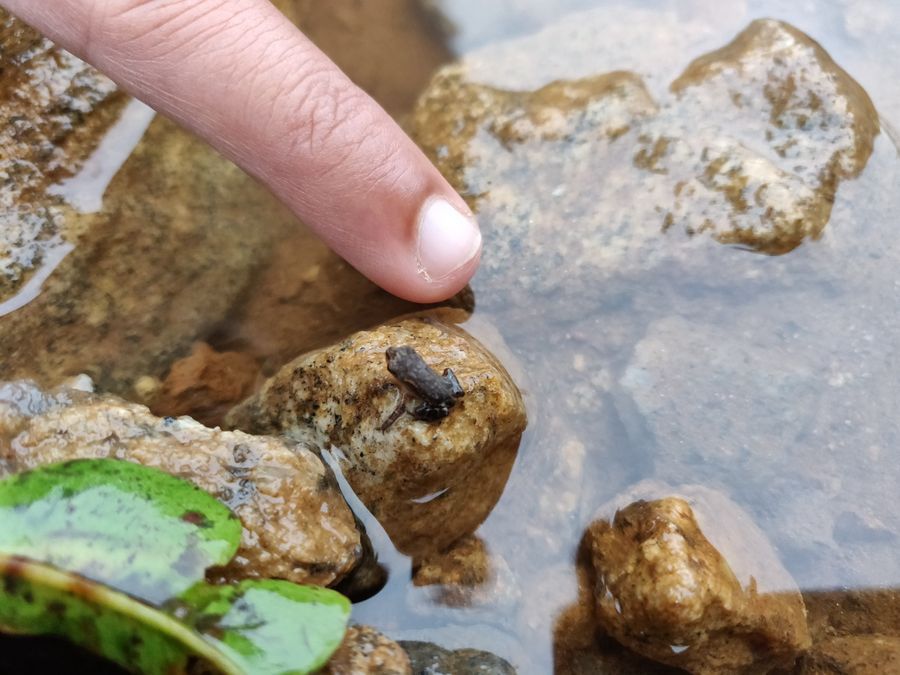
A juvenile Common Indian Toad
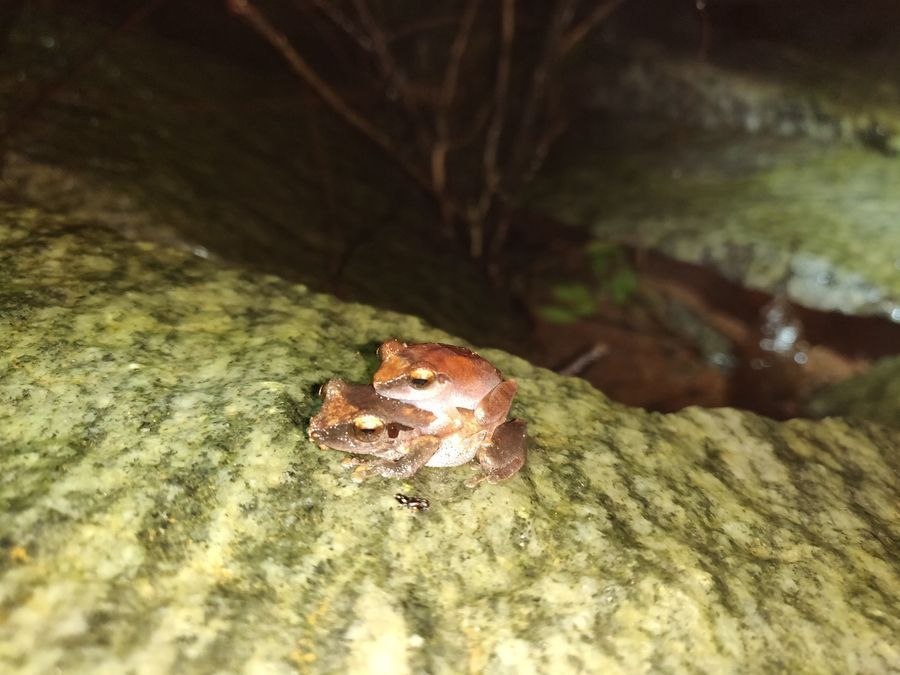
Wayanad Bush Frogs mating The Bisle Frog Watch is a citizen science initiative held in the Western Ghats, India every monsoon to introduce people to amphibians and get them interested in learning how to identify, understand and conserve them. The location being in the heart of the Western Ghats, which is a biodiversity hotspot attracts students, researchers, photographers, and nature enthusiasts from all over the State to participate in this workshop.
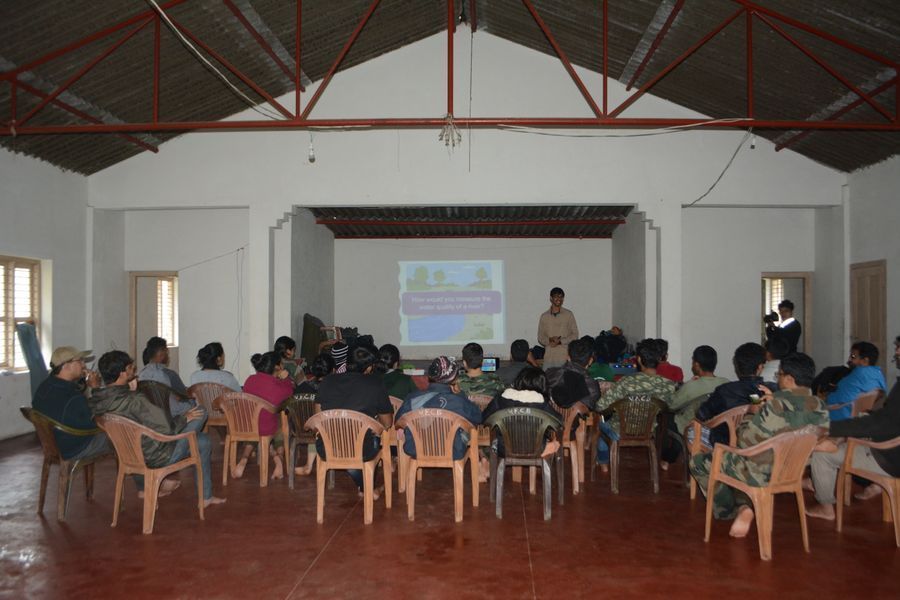
Briefing participants about foldscopes and diatoms in our makeshift classroom
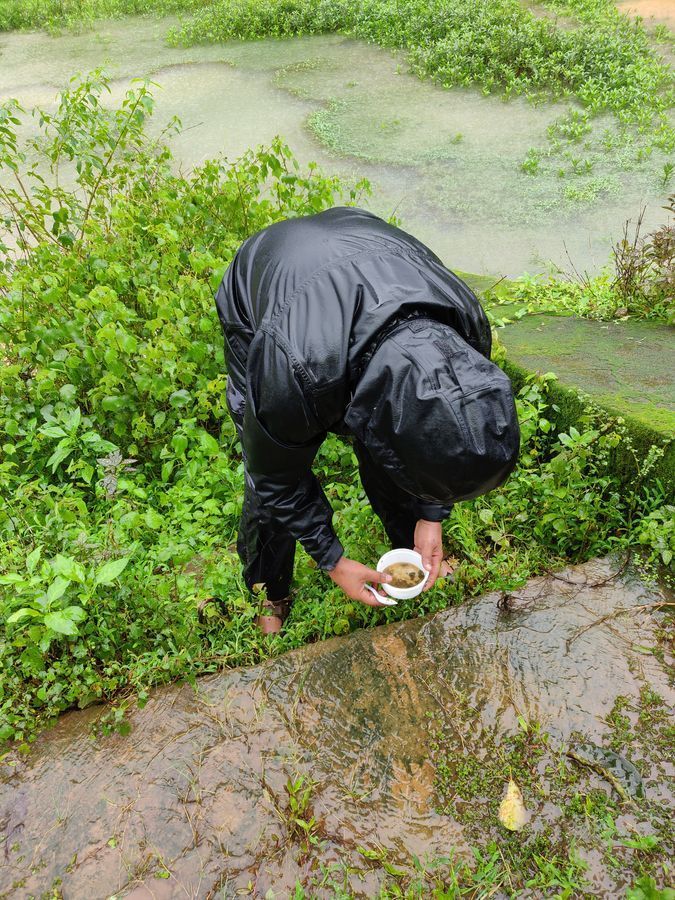
Collecting samples from human made structures to show diatoms to participants
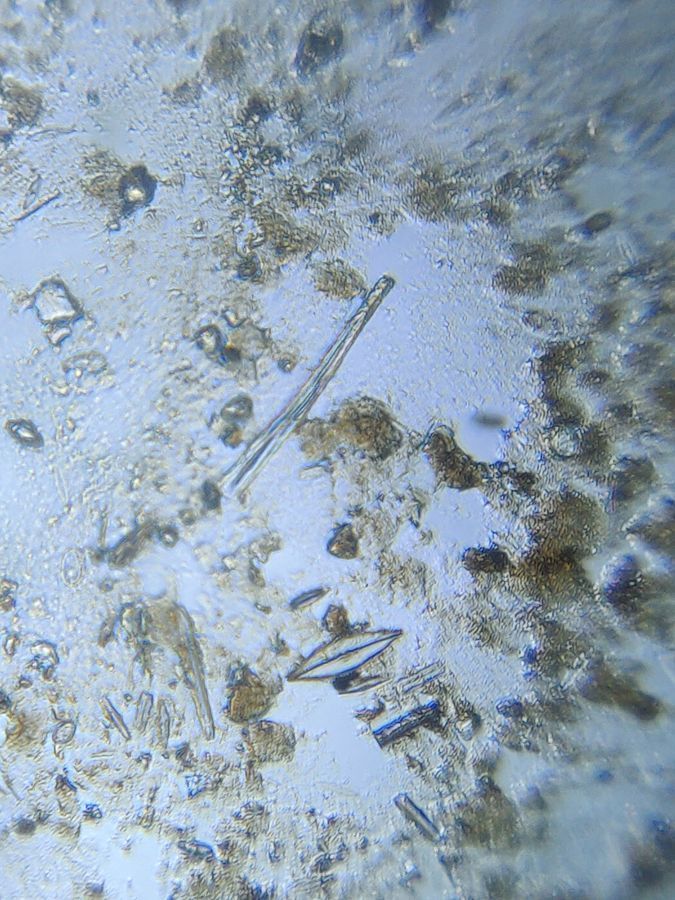
Diatoms from permanent slides as seen from a foldscope This time, while the participants were taking a break from batrachology we thought we could show them the beautiful world of diatoms. There was just one little problem though. All the usual places where one would find an abundance of diatoms were washed out in the months of relentless rain. Uh oh!
That’s when Dr. Gururaja K.V. the batrachology expert leading the group had a brilliant idea. Why not connect the frogs and the diatoms? Tadpoles primarily feed on algae and microflora and a significant portion of their diet consists of diatoms, and their silica containing cell walls maintain structure even after they are excreted. Of course, there was no shortage of tadpoles at Bisle!
After a briefing on diatoms and foldscopes, we caught a couple of tadpoles from a pond nearby, waited till they did their business before releasing them back into the pond. Temporary slides of tadpole excrement were made and handed to the participants to observe under foldscopes.
That’s when Dr. Gururaja K.V. the batrachology expert leading the group had a brilliant idea. Why not connect the frogs and the diatoms? Tadpoles primarily feed on algae and microflora and a significant portion of their diet consists of diatoms, and their silica containing cell walls maintain structure even after they are excreted. Of course, there was no shortage of tadpoles at Bisle!
After a briefing on diatoms and foldscopes, we caught a couple of tadpoles from a pond nearby, waited till they did their business before releasing them back into the pond. Temporary slides of tadpole excrement were made and handed to the participants to observe under foldscopes.

Tadpole of Indirana tysonii
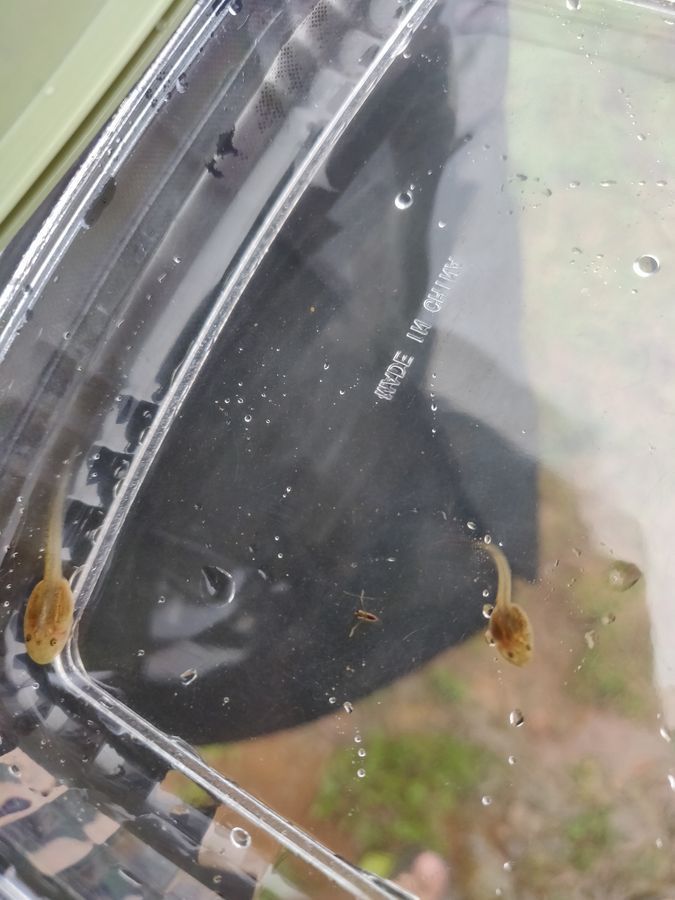
Waiting for tadpoles to give us some diatom samples And as Dr. Gururaja expected, the tadpoles had provided us with an excellent concentrated sample of diatoms in the middle of the monsoon. Here, have a look..
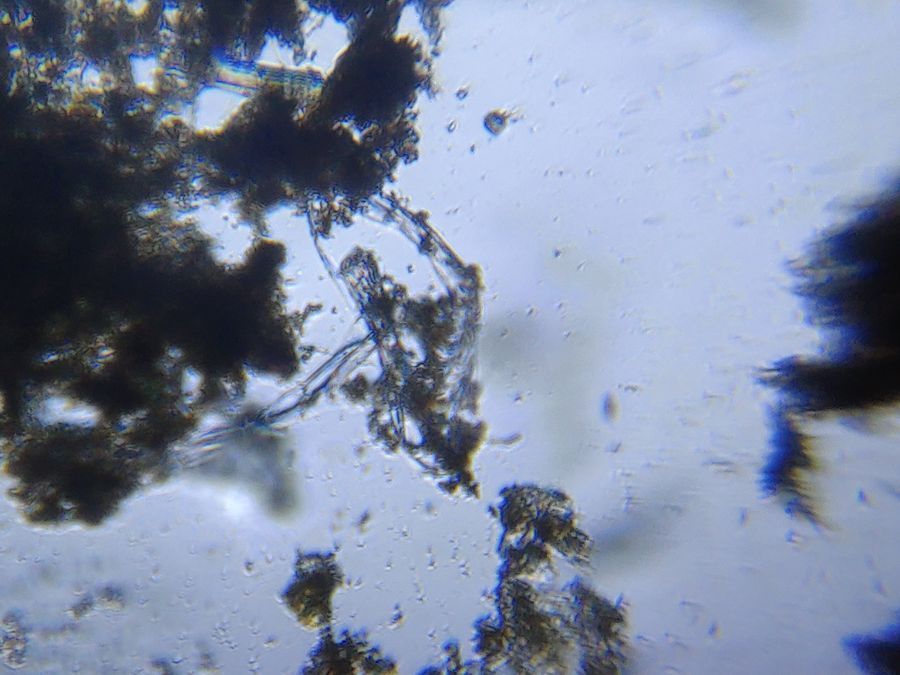
Diatoms in tadpole excreta as seen under a foldscope

Diatoms in tadpole excreta as seen under a foldscope
Sign in to commentNobody has commented yet... Share your thoughts with the author and start the discussion!

 0 Applause
0 Applause 0 Comments
0 Comments